Stories Category: Intensive Care

Predictive Utility of DNI in Patients with MOF After Severe Traumatic Injury
Post-injury multiple organ failure (MOF) is the result of a systemic uncontrolled inflammatory response and it is the one of leading cause of late post-injury mortality. Delta neutrophil index (DNI) may serve useful marker... read more

Terlipressin for Septic Shock Patients
Catecholamines are commonly used in septic shock but face limitations of their hypo-responsiveness and adverse events due to high dose. Terlipressin is a synthetic vasopressin analog with greater selectivity for the V1-receptor.... read more
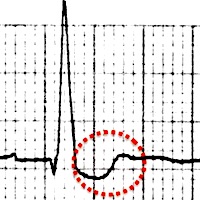
The Poor Man’s Tox Screen: ECG Findings in the Acute Overdose
In the middle of a busy ED shift the tech runs up to you with an ECG. Just prior to signing the top "No STEMI" you think: "wait, why do the QRS complexes look like that?" You walk back to triage with the tech to see a... read more

Time-Course of Clinical Physiologic Variables in ARDS Patients Undergoing ECMO
In patients undergoing extracorporeal membrane oxygenation (ECMO) for acute respiratory distress syndrome (ARDS), it is unknown which clinical physiologic variables should be monitored to follow the evolution of lung injury... read more
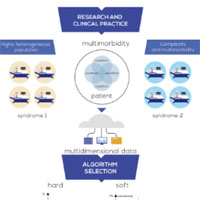
Clustering Algorithms Usage in Critical Care Research Unravel Patient Heterogeneity
Critically ill patients constitute the most heterogeneous population in the hospital, with the highest rates of acute and chronic multi-morbidity. Daily, two critically ill patients are admitted to the ICU with the same... read more

Few Ideas on How Nurses Can Recover After Difficult Shifts
Most medical professionals agree that a nursing career can be constantly stressful. It comes with the territory of caring for those who are ill and injured. On an average day, well-trained nurses are more than capable of... read more
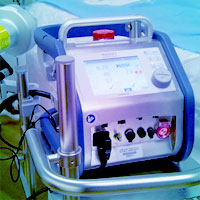
Hemodynamic Monitoring in the ECMO Patient
Hemodynamic monitoring in extracorporeal membrane oxygenation (ECMO) patients requires familiarity with the underlying pathophysiology and circulatory mechanics of extracorporeal flow. This review discusses the various monitoring... read more

Clinical Impact and Assessment Tools Capable of Identifying Delirium in Cardiac Arrest Survivors
This review aims to describe the clinical impact and assessment tools capable of identifying delirium in cardiac arrest survivors and providing strategies aimed at preventing and treating delirium. Patient factors leading... read more

State-Mandated Protocolized Sepsis Care Associated with Decrease in Sepsis Mortality
Beginning in 2013, New York State implemented regulations mandating that hospitals implement evidence-based protocols for sepsis management, as well as report data on clinical outcomes to the state government. This study... read more
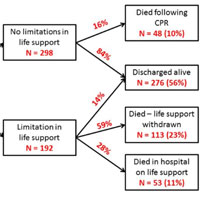
Age and Decisions to Limit Life Support for Patients with ALI
The purpose of this study was to estimate the association between patient age and the rate of new limitations in the use of life support, independent of daily organ dysfunction status, following acute lung injury (ALI) onset. 490... read more

Systemic Early Neuromuscular Blockade in ARDS – The ROSE Trial
The early use of neuromuscular blocking agents in the setting of moderate-to-severe acute respiratory distress syndrome (ARDS) was previously understood to confer a survival advantage at 90 days, based on the outcomes of... read more
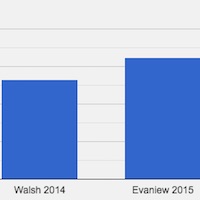
Fragility Index Calculator
The fragility index is a measure of the robustness (or fragility) of the results of a clinical trial. The fragility index is a number indicating how many patients would be required to convert a trial from being statistically... read more

Fluid Resuscitation with PPD Attenuates Crush Injury-related AKI and Improves Survival
In-hospital renal replacement therapy (RRT) is widely used for the treatments of acute kidney injury (AKI) in crush injury (CI) victims. This study was designed to investigate whether preventive peritoneal dialysis (PPD)... read more

Emergency Department Hyperoxia Associated with Increased Mortality in Mechanically Ventilated Patients
Emergency Department exposure to hyperoxia is common and associated with increased mortality in mechanically ventilated patients achieving normoxia after admission. This suggests that hyperoxia in the immediate post-intubation... read more








